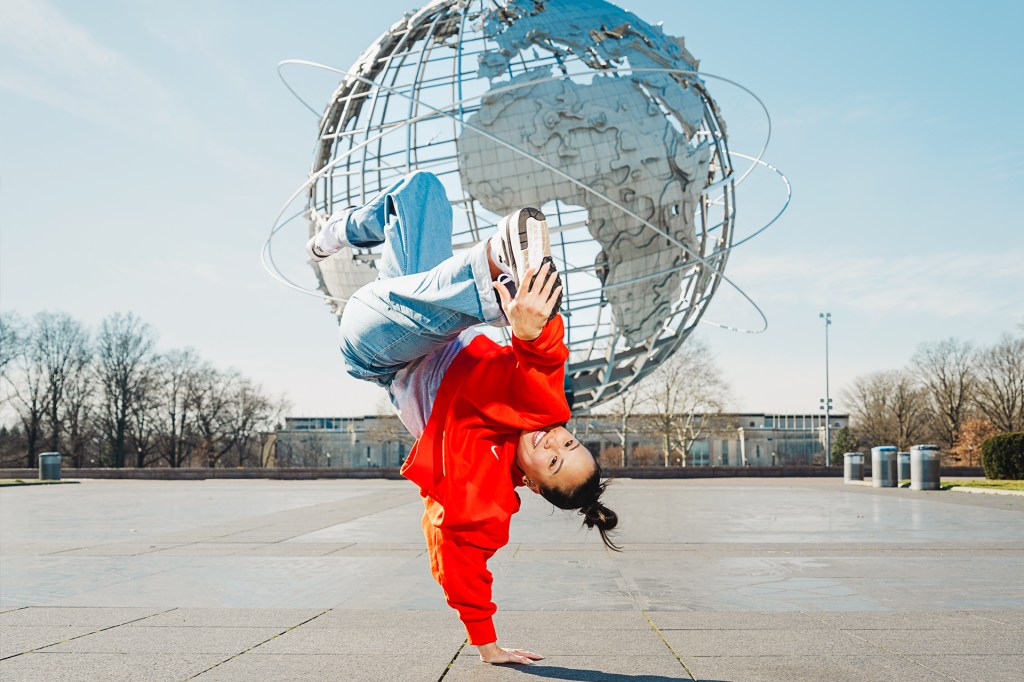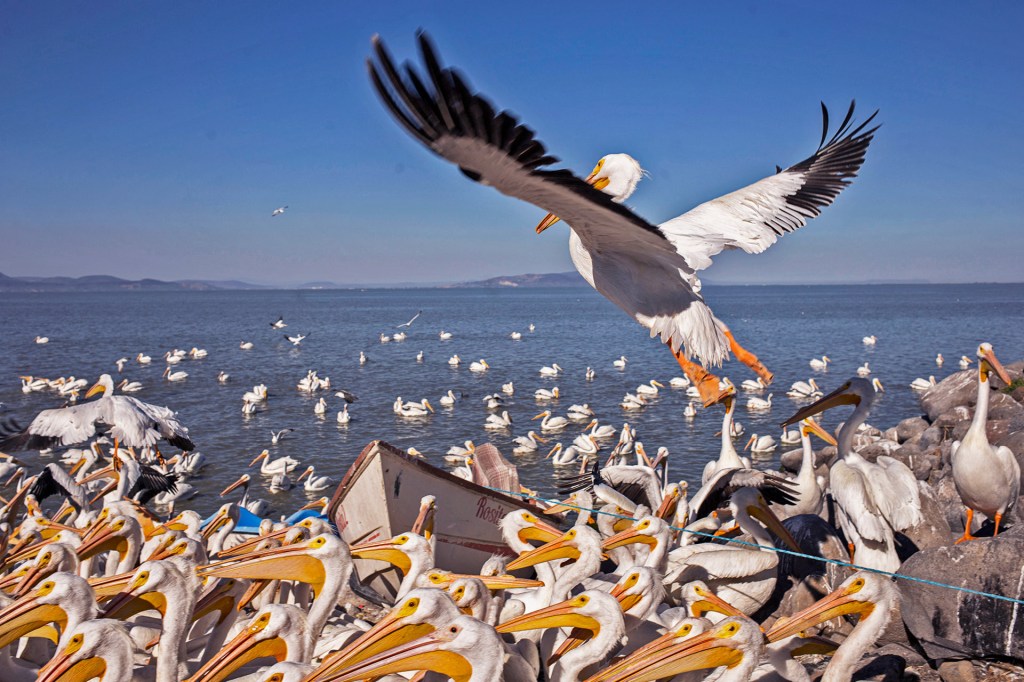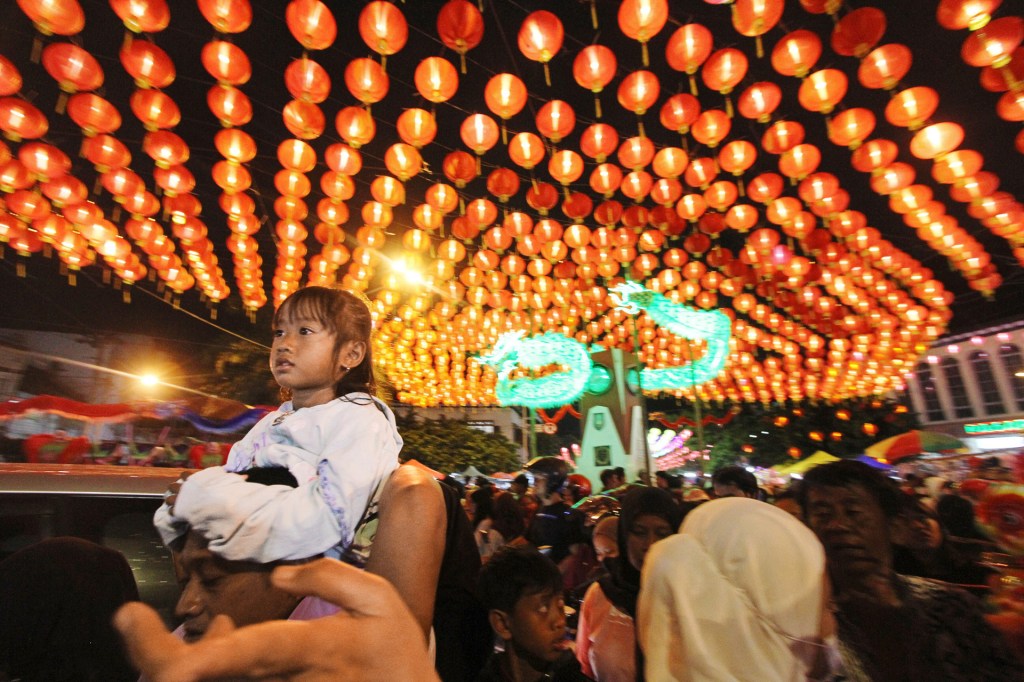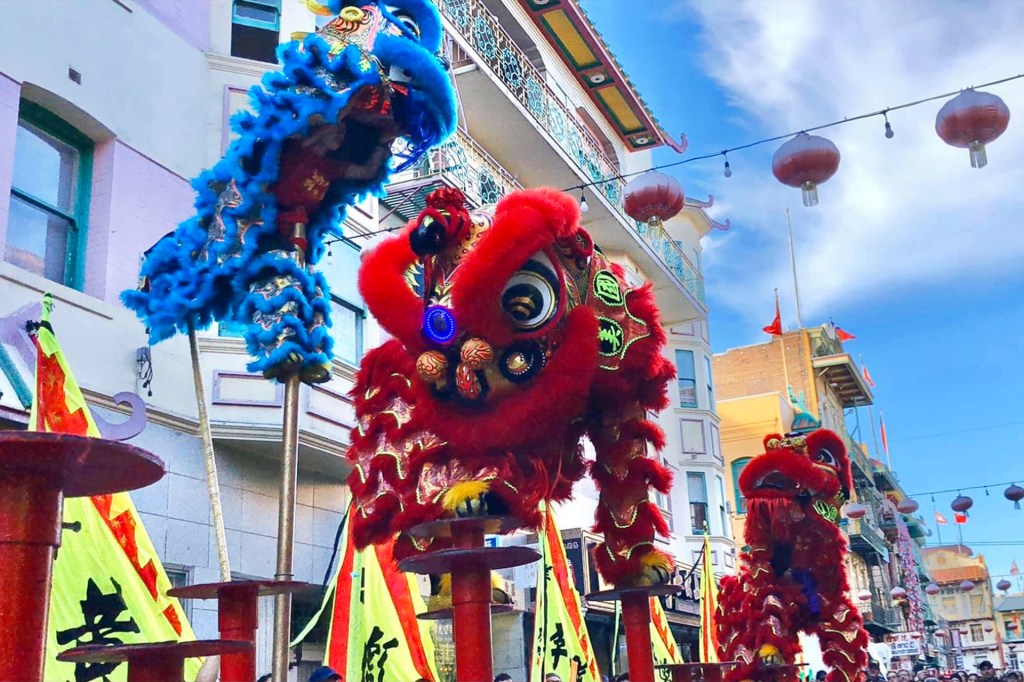
This time of year, you might see lions roaming the streets. They prance, wriggle, and rear up on two legs as drums beat and cymbals clash.
Have no fear: These aren’t real lions. They’re dancers in colorful costumes, celebrating a centuries-old tradition that originated in China. It’s meant to bring good luck in the coming year. In many Asian countries, the new year is celebrated with the new moon that occurs in late January or early February. This year, the holiday begins on February 12.
Typically, a lion is made up of two dancers. One dancer controls the head, the other controls the tail. There are many different kinds of lion dances. The most spectacular might be jong, or pole, jumping (pictured above), in which lions perform tricks on high poles. The dance combines martial arts
martial arts
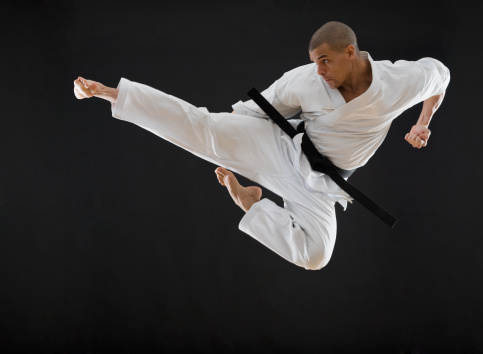 TETRA IMAGES—GETTY IMAGES
having to do with forms of self-defense that are practiced as sports
(adjective)
Martial arts training helped Max become a better security guard.
skills and acrobatics.
TETRA IMAGES—GETTY IMAGES
having to do with forms of self-defense that are practiced as sports
(adjective)
Martial arts training helped Max become a better security guard.
skills and acrobatics.
“I think of it as a sport,” says Anthony Huang, 15, a dancer at New York City’s Chinese Freemasons Athletic Club. Anthony has performed as the lion’s tail, but this is his first year controlling the head, which can weigh 20 pounds. The challenge is coordinating with the music and the other members in the group. It’s important to Anthony to pass on this historical dance form.
“I feel like this tradition really represents me,” he says.
Changing Times
Lion dances were once performed mostly by males. These days, the activity has become more inclusive
inclusive
 HUNTSTOCK/GETTY IMAGES
open to everyone
(adjective)
In order to be an inclusive business, the bakery installed a wheelchair ramp.
.
HUNTSTOCK/GETTY IMAGES
open to everyone
(adjective)
In order to be an inclusive business, the bakery installed a wheelchair ramp.
.
LionDanceMe is a group in San Francisco, California. On its dance teams, boys and girls work together. Sixteen-year-old Ananda Tang-Lee is a member. Growing up, Ananda would see boys performing the lion dance. But anyone can take it up, she says. “You have to believe in yourself, and have confidence that you can do it.”
During the pandemic, LionDanceMe has recorded some of its performances to show them online. This has gotten the dance troupe even more excited to perform in person again, when it’s safe.
“It’s a different performance in real life,” says Isabella Yu, 16, who plays drums, cymbals, and gong. “We bring a lot more than just the performance. We bring energy and excitement, too.”
Lion dancing will likely continue to evolve. But one thing that will never change is the sense of community among team members. “We call it a family,” Ananda says. “It’s really great, because we always have each other’s backs.”




